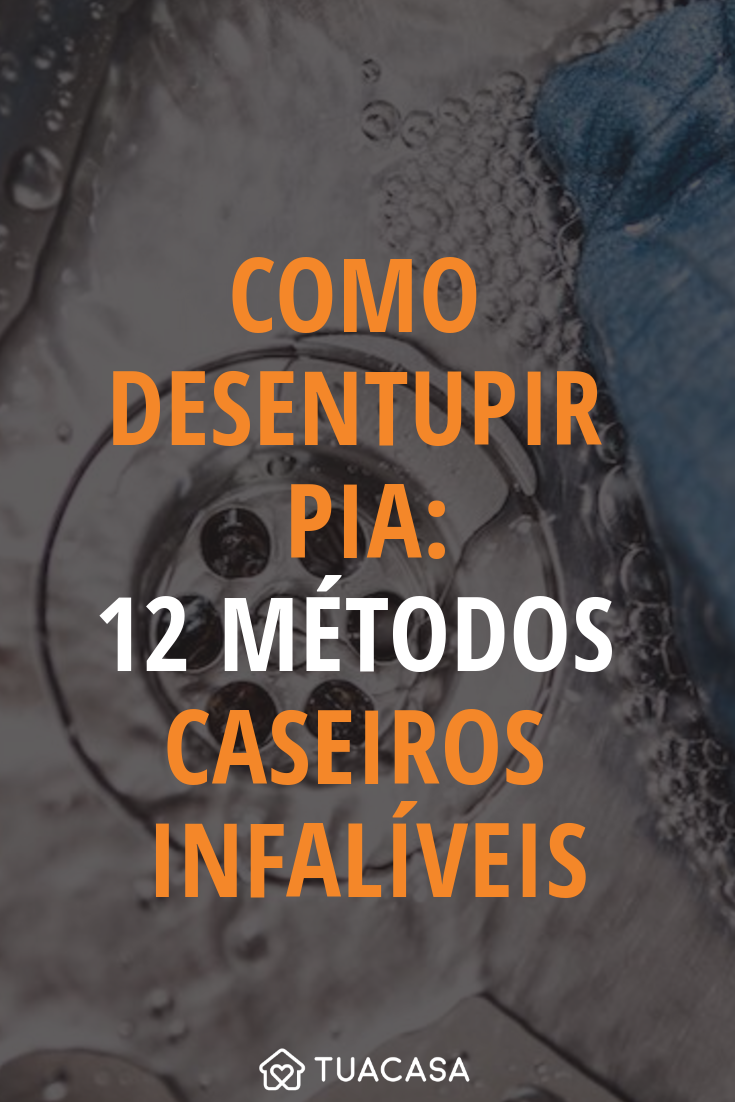Table of contents
A clogged sink is an annoying and unfortunately quite common problem. Besides hindering the washing of dishes, the accumulation of water and dirt causes bad smells and can attract insects. But calm down! It is not always necessary to wait for a professional to visit you.
To find out how you can unclog your kitchen sink yourself in the right way, take a look at the tips we have separated below:
See_also: Table Decoration: 70 Ways to Innovate at the ReceptionHow to unclog sinks: 12 tried and tested methods
Depending on the severity and the reason for the clog, you need to use a specific method. Below are 12 effective home methods to unclog your sink yourself without problems.
1. with detergent
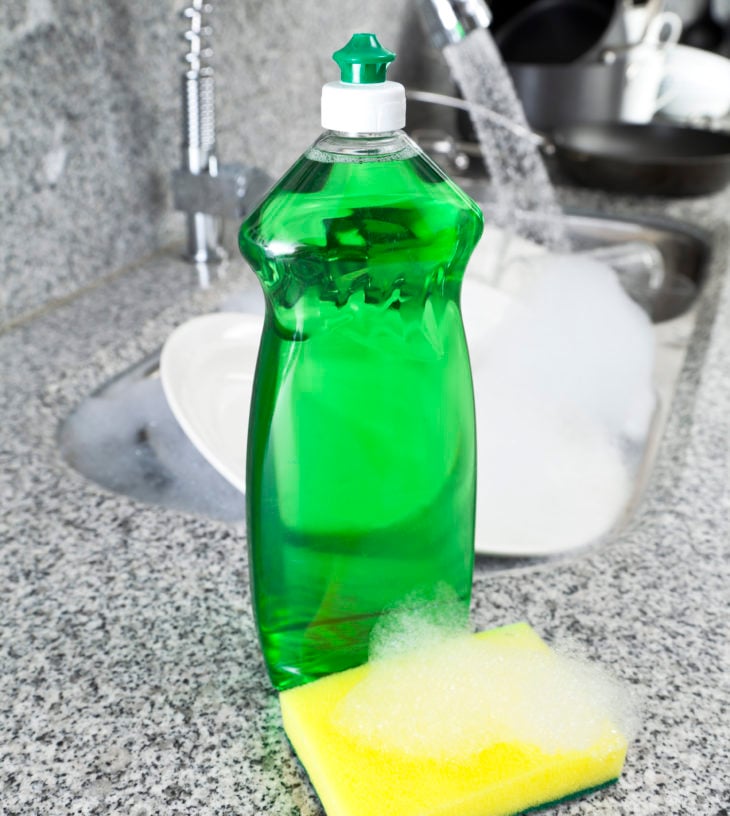
Often, the kitchen sink clogs because of grease in the plumbing. If this is the case, you can solve the problem just by using detergent and hot water. First, remove all the accumulated water from the sink. Then boil 5 liters of water and mix it with detergent. Finally, pour the liquid down the drain.
2. with soap powder

Just like the previous method, this one is for cases in which there is excessive grease in the pipes. You will need only a little washing powder and 5 liters of hot water. Let's go step by step:
First you need to empty all the water in the sink, then cover the drain with soap powder so that you can't see anything but the soap, then pour hot water over it, about a liter, and turn on the faucet and watch the result.
3. with wire
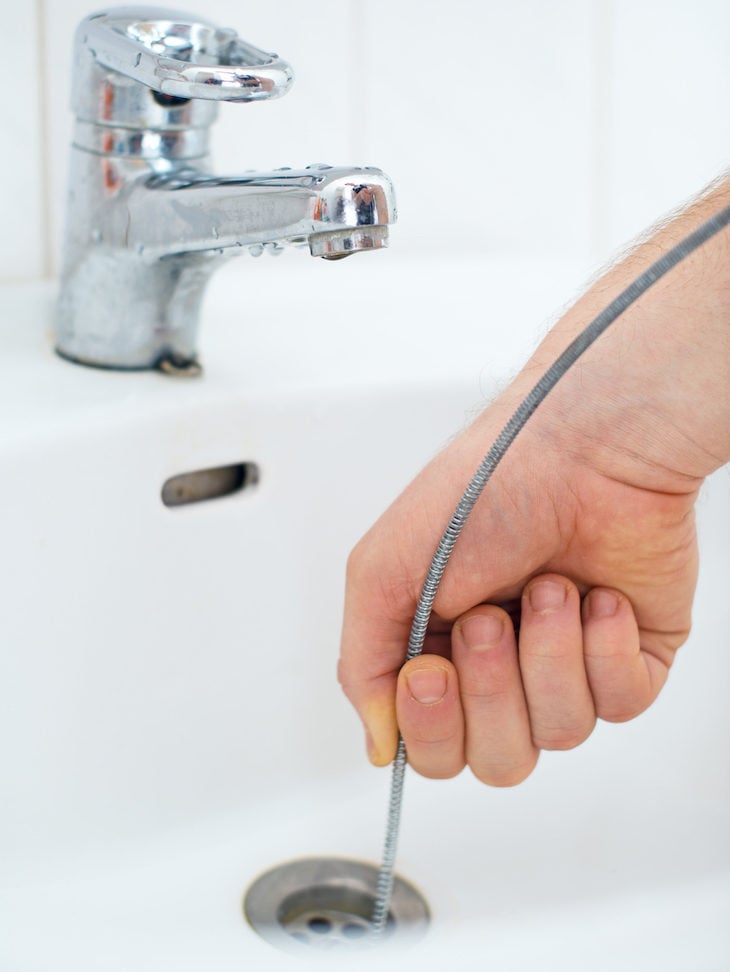
If the problem is solid debris, such as hair or wires inside the pipe, you can use a wire to unclog.
4. with a rubber plunger
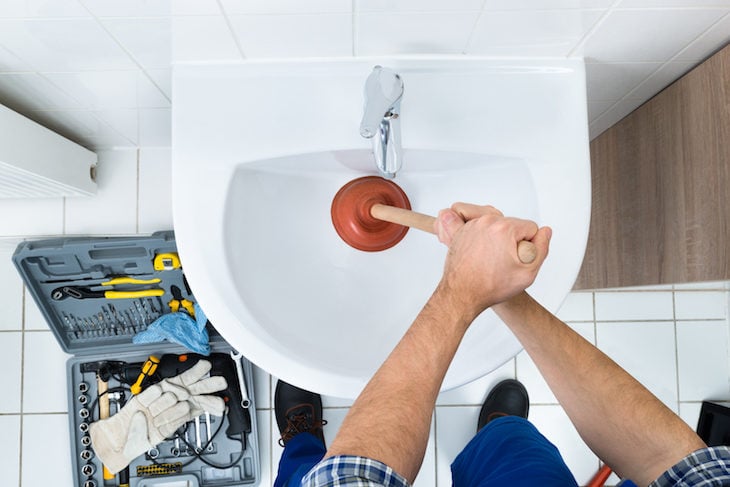
Easy, fast, and everybody knows it!
To use the rubber plunger, you need to leave the sink with enough water to cover more than half of the rubberized part of the object. Place it over the drain and make firm, slow movements up and down. Then remove the plunger and observe whether the water has come down or not. If the sink is still clogged, repeat the operation.
5. cooking salt

This is a product that everyone has at home and that can help you when it comes to unclogging the sink.
Put 1 cup of kitchen salt in the drain and pour boiling water over it. While the water drains, close the drain with a cloth, applying pressure. Remember to wear gloves so as not to burn your hand.
6. with bicarbonate and vinegar
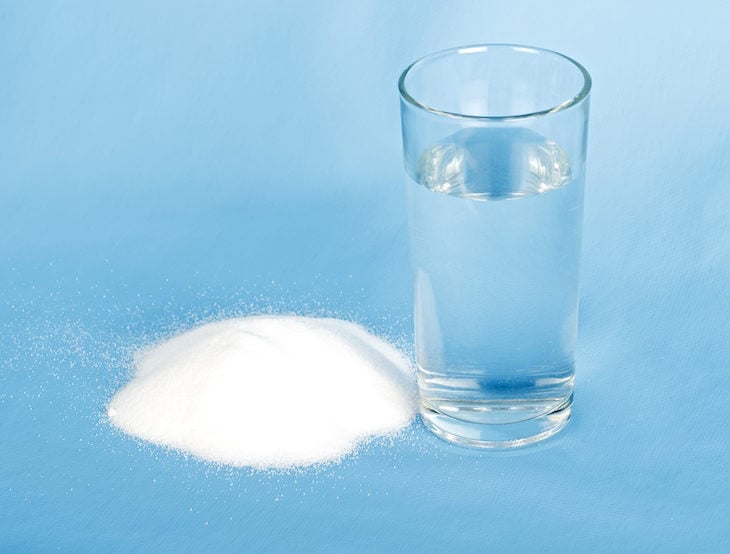
Vinegar and baking soda are the darlings of house cleaning, and can also be used to unclog the sink. To do this, you will need:
- 1 cup of baking soda;
- 1/2 cup vinegar;
- 4 cups of hot water;
Before starting the process, you need to empty the sink. Place the baking soda on top of the drain, and then pour in the vinegar. The two will react and bubble. When this process is finished, pour the hot water on top. Now just wait about 15 minutes and observe if the clog has been solved.
7. chemical plunger
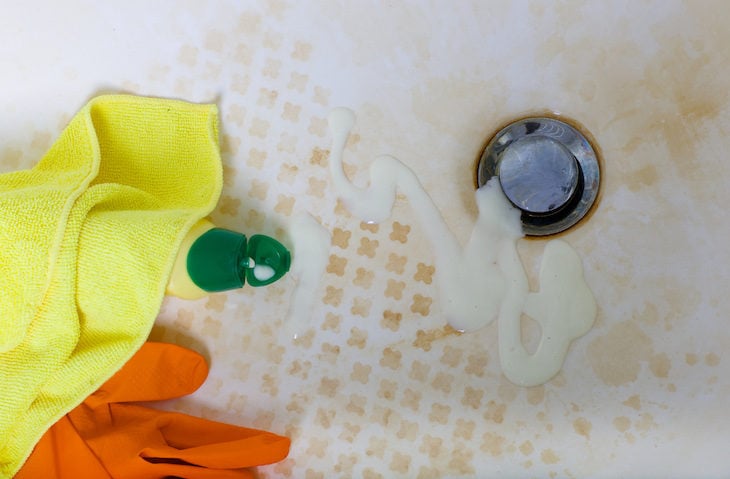
If none of the above methods have worked, there are effective chemical plungers on the market, but before using them, be sure to wear protective equipment, as these products are harmful to human health.
Follow the instructions on the package correctly and wait for the indicated time. Before using the sink normally, let plenty of water run down to wash off the product residue.
8. with caustic soda

Caustic soda is a toxic product that easily unclogs sinks and pipes. However, it is highly corrosive and, if used frequently, can damage the pipes. Therefore, this method is only indicated for the most critical blockages.
See_also: How to debone chicken: 6 tutorials to make the preparation time easierPut 1 cup of the product in the sink drain and then pour a kettle of hot water on top of it. Let it sit overnight. Then let plenty of water run down the drain to make sure there is none left. Remember to always wear protective gear (gloves, goggles, and boots) and follow the manufacturer's instructions correctly.
9. with enzyme products

If you don't want to run the risk of using toxic products in your kitchen, don't worry! There are products that use bacteria and enzymes in their composition, which do the job of breaking down the organic matter in the sink and pipes.
Before using, read the instructions carefully and remember to wear safety equipment such as gloves, mask, and goggles. Apply the product to the sink and leave it to act for the time indicated on the package. Then pour hot water over it.
10. clean the siphon
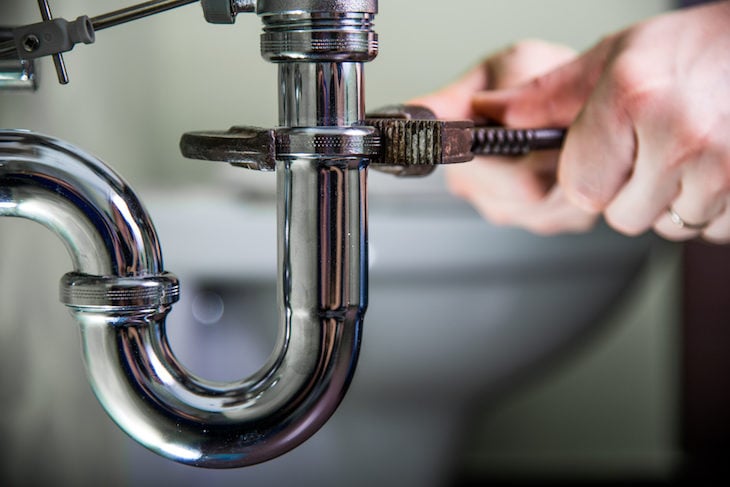
Sometimes the siphon accumulates food debris that blocks the passage of water and causes a clog.
Before you start this method, place a bucket under the sink to prevent water from running off all over the kitchen. Then unscrew the siphon and clean it with a long sponge, water and detergent. Then put it back in place.
11. with unblocking probe

Have you tried all the previous methods and none of them worked? Then you will need to use an unclogging probe.
This type of material is sold in building supply stores. To use it, simply insert the cable into the drain, as far as you can, and turn the handle. This will make the debris detach from the pipes and solve the problem. Simple as that!
12. with hose

Sometimes it is the wall pipe itself that is clogged, so you will need to use a method that is a little more laborious, but still easy and effective:
- a hose connected to a running faucet;
- an old cloth;
- a screwdriver;
Wrap the cloth around the hose at a distance of a foot or two from the end. Then remove the siphon (at the end that is attached to the wall). Thread the hose as far as it will go. With the help of a screwdriver, push the cloth into the pipe, without removing the hose, so that it forms a kind of barrier at the edge of the pipe. Turn on the hose: the water will build up pressureFinally, simply disconnect the hose and replace the siphon.
Important Tips
Knowing how to unclog a sink is important, but even more useful than that is knowing how to prevent the problem:
How to prevent clogging
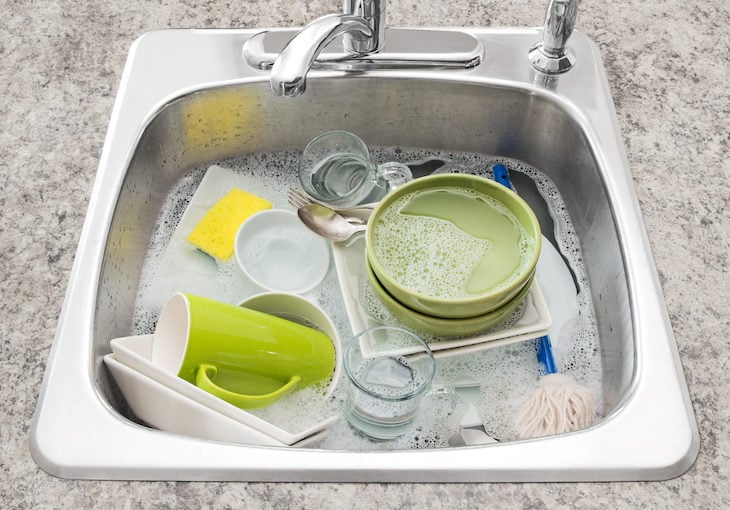
The main reason for clogged kitchen sinks are the accumulation of fat and food residues. To avoid the problem:
- Avoid discarding food in the sink;
- Use a filter in the sink drain to prevent solid waste from falling into the pipes;
- Do not pour cooking oils into the sink, put them in PET bottles and take them to the appropriate collection center;
- At least once a month clean the pipes by pouring a few liters of hot water down the drain.
After these tips, you now know how to avoid clogs and, should they occur, you only have to choose the most appropriate method to solve them, right?

